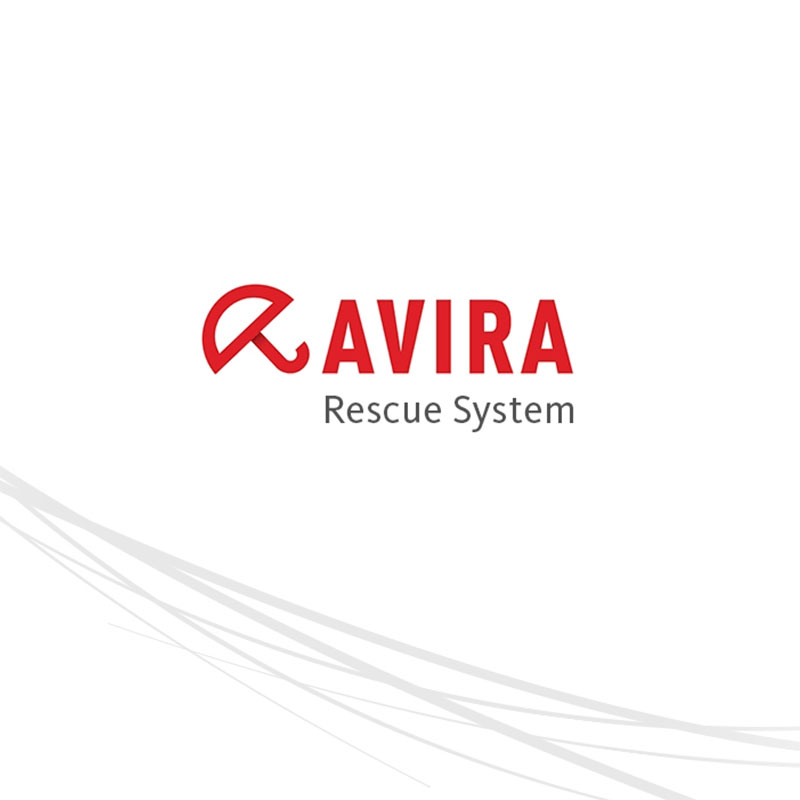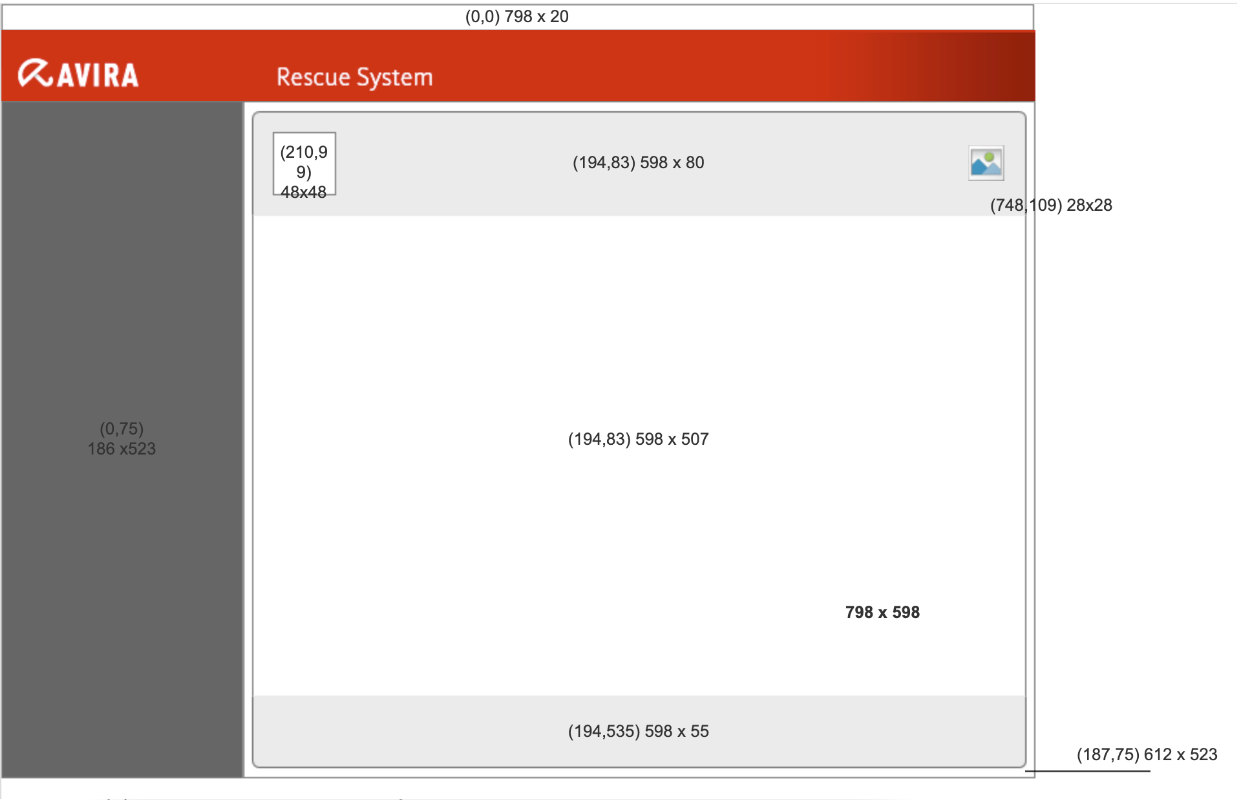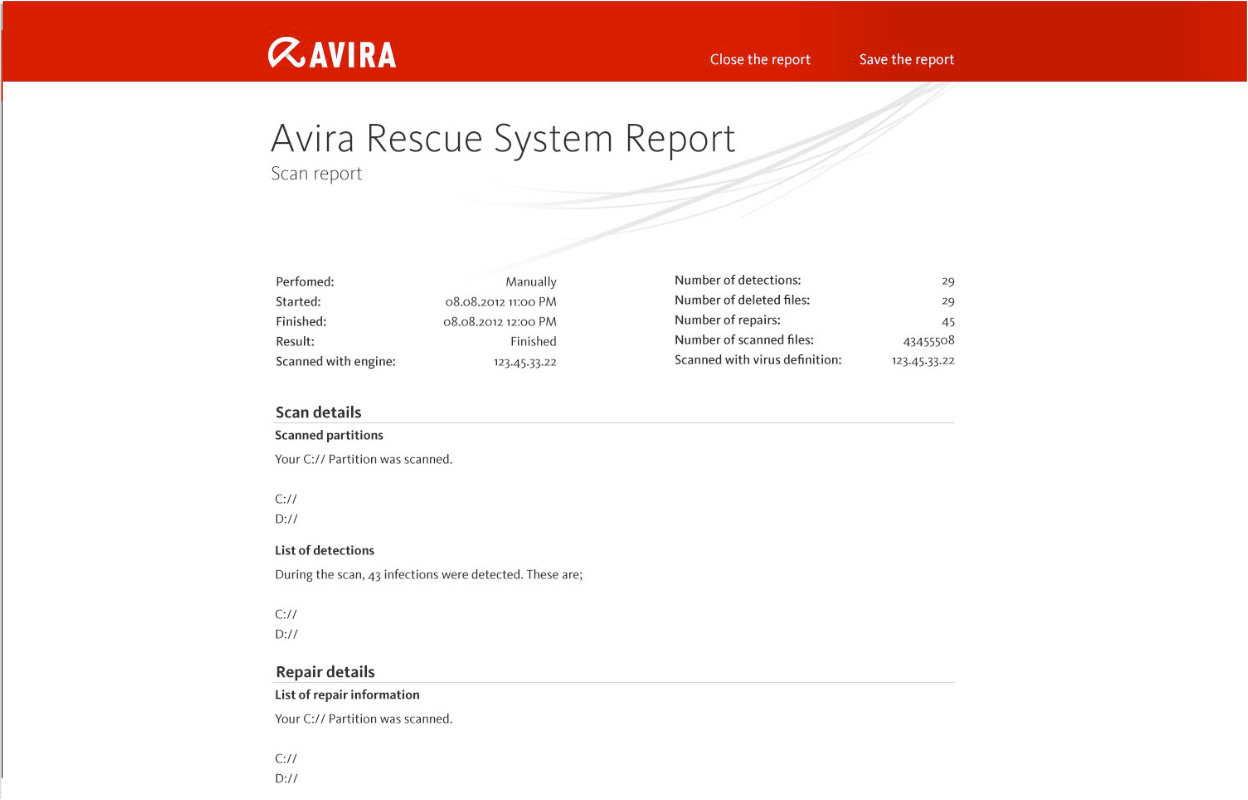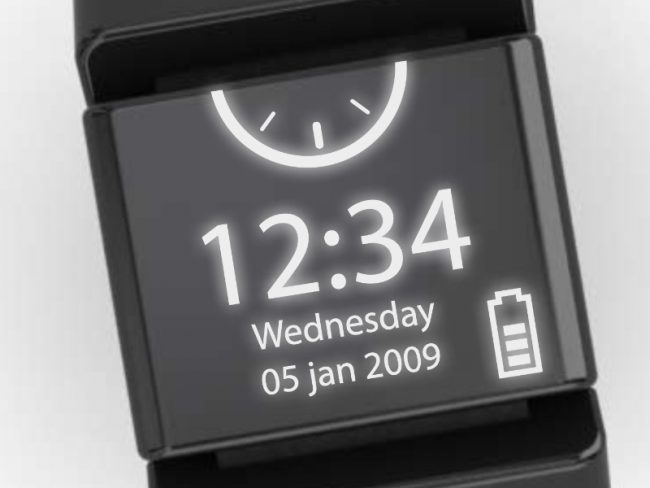Avira Security
Project Overview
As a freelance designer, I was brought on board by Avira Security, a renowned antivirus software company, to improve their Rescue System. This system was created to help users recover their computers after a virus attack rendered them inoperable. My role involved not only designing but also systematically testing the solutions alongside the product manager, ensuring we delivered a seamless experience.
The Challenge
Before the Windows 10 era, many users relied heavily on antivirus programs to safeguard their systems. If a virus managed to bypass these protections, it often corrupted the operating system, making devices unusable. Avira’s initial Rescue System had several limitations:
- It couldn’t repair the system directly.
- It lacked remote assistance capabilities.
- It was incompatible with various devices due to missing drivers.
- The interface was user-unfriendly.
- Virus scan results were only available in English, limiting accessibility.
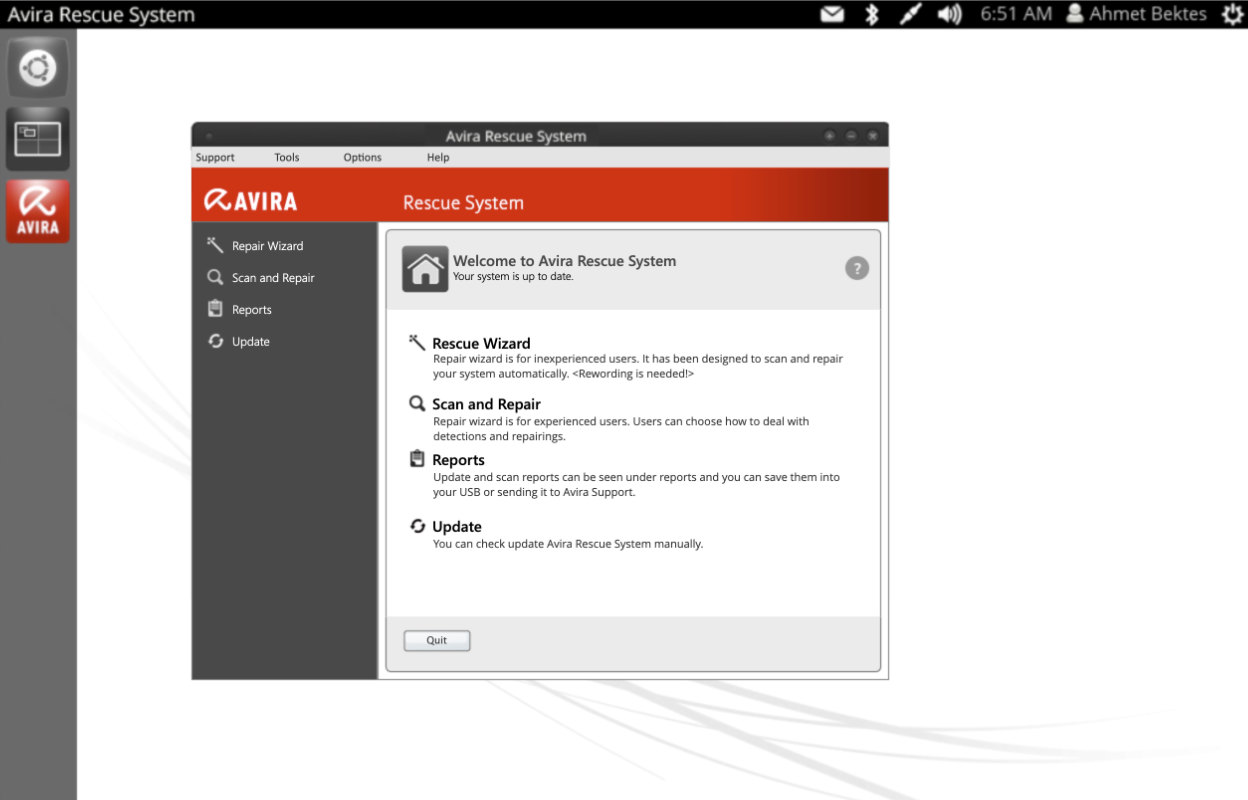
Improving the Rescue System
We focused on two primary use cases to guide the redesign:
-
Saving Important Files First: Imagine working on crucial business documents when a virus strikes. The updated system prioritizes saving important files before any virus scanning begins, offering users peace of mind and preventing data loss.
-
Easy Scanning with Expert Assistance: For less tech-savvy users, virus removal can be daunting. We introduced a feature that enables experts to assist remotely, simplifying the process and ensuring that users can clean their devices without frustration.
Tackling User Experience
When I joined the project, the product manager had slides but no user input. Recognizing this gap, I proposed a design thinking approach, but the manager initially wanted an immediate UI design. This presented a challenge early in my freelance journey. Instead of diving straight into UI design, I conducted user research within the company, involving employees who matched our target audience (a receptionist and a finance worker). The results, presented in video clips, helped me build credibility with the team and gain support for a user-centered approach.
Collaborative Redesign
By working closely with the development team, we reimagined and streamlined the user flows. The new Avira Rescue System became easier to use, supported more hardware, and better served today’s users. Following this success, I was assigned to two additional projects: Avira Android and Online Essentials.
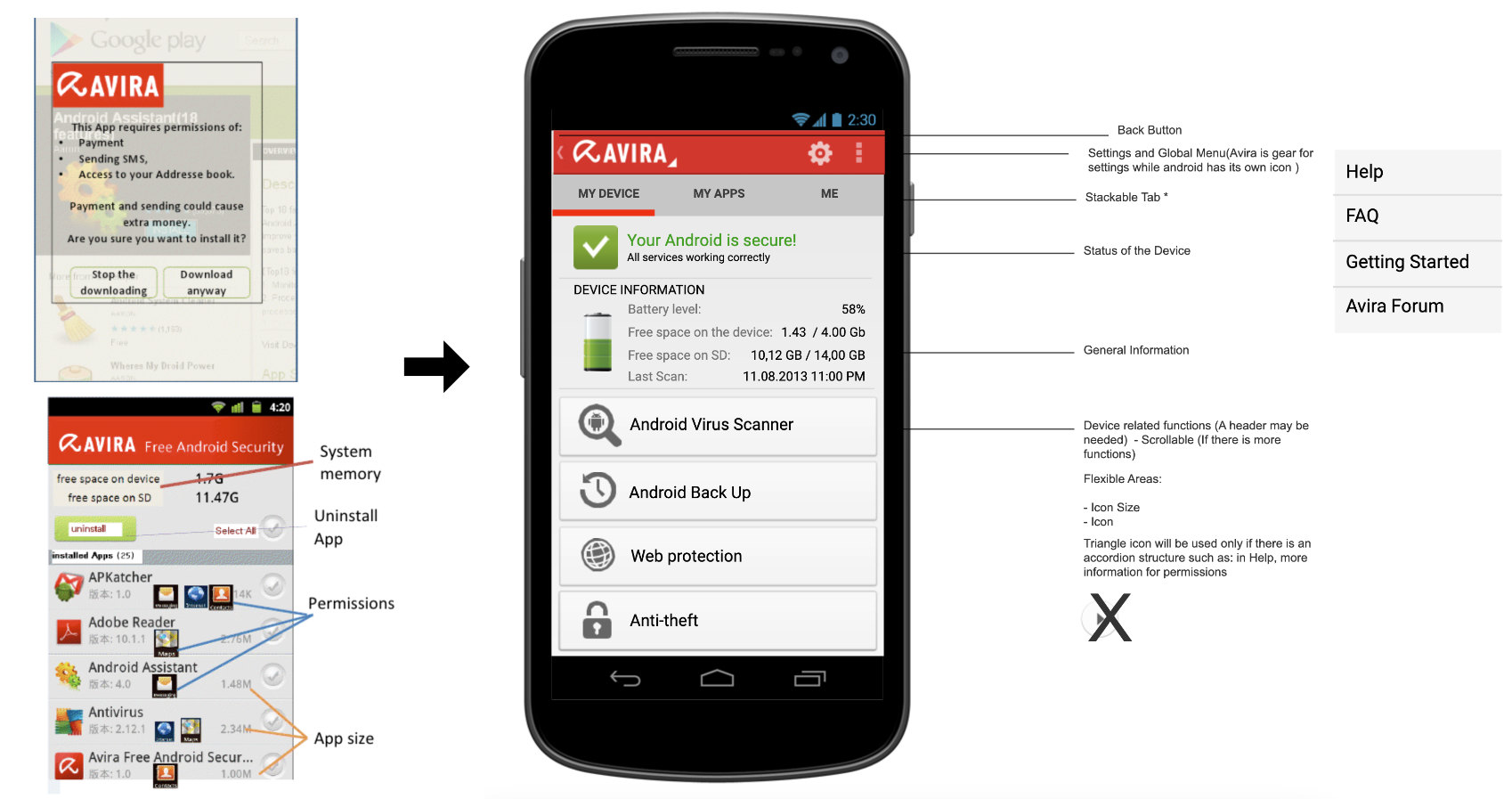
Avira Android
At the time, Avira was developing an Android app to help users understand the permissions granted to various applications—a feature that earlier Android versions lacked. Collaborating with a product manager in Hong Kong, I redesigned the app using heuristic principles, questioning some functionalities while balancing a strict project deadline. The first release, delivered on time, led to significant improvements.
Online Essentials
This project aimed to shift from traditional license management to a more human-centered security model, allowing users to manage multiple devices and even support family members remotely via the cloud. I contributed design insights and participated in testing two concepts across Germany, the US, and the Netherlands.


Reflection
Date
2012

